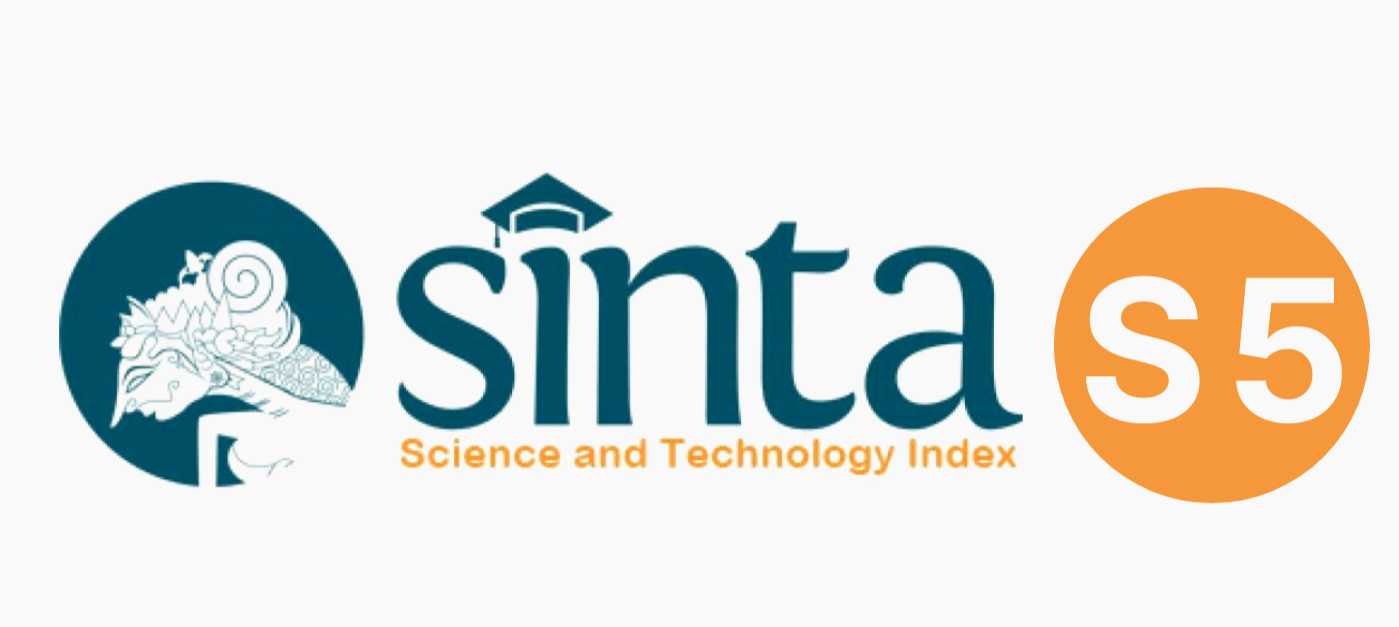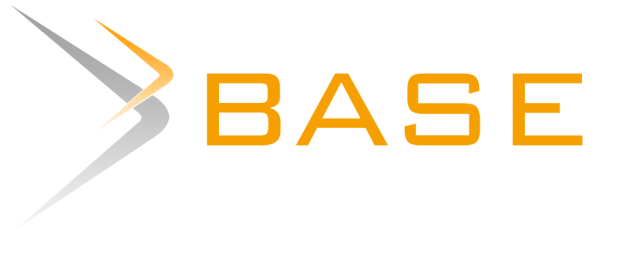Presentasi Diri Vlogger melalui Video Blog Youtube (Studi pada Anggota Komunitas Youtuber Palembang)
 Abstract: 254
/
Abstract: 254
/  Abstract: 46
Abstract: 46
DOI:
https://doi.org/10.47753/je.v4i2.79Abstract
Penelitian ini mengkaji tentang “Presentasi Diri Vloggermelalui Video Blog Youtubeâ€. Permasalahan dari penelitian ini berkaitan dengan settingdan personal frontyang dipersiapkan vloggeruntuk ditampilkan di front stage.Tujuan dari penelitian ini adalah untuk mengetahui bagaimana presentasi diri yang ditampilkan oleh vlogger melalui video blog. Metode penelitian yang digunakan dalam penelitian ini adalah metode penelitian kualitatif yang menentukan informan dengan cara purposiveyang tujuannya untuk medapatkan informasi yang lebih mendetail sesuai dengan permasalahan peneliti. Strategi penelitian yang digunakan adalah studi kasus dengan teknik pengumpulan data yang berupa observasi, wawancara, dan dokumentasi. Penelitian ini menggunakan perspektif presentasi diri dari teori Dramaturgi Erving Goffman. Hasil penelitian ini menunjukkan bahwa terdapat enam macam presentasi diri yang ditampilkan oleh vlogger yaitu sebagai penyanyi, beauty influencer, gamers, editor, animeholic,dan host reality show.Presentasi diri yang ditampilkan oleh vloggermerupakan hasil dari persiapan setting danpersonal front.Settingyang digunakan terbagi atas settingfisik dansettingnon fisik, sedangkan personal frontyang digunakan terbagi atas appereancedan manner.References
Biel, J.-I., & Gatica-Perez, D. (2009). Wearing a YouTube hat: Directors, comedians, gurus, and user aggregated behavior. In MM’09 - Proceedings of the 2009 ACM Multimedia Conference, with Co-located Workshops and Symposiums (pp. 833–836). http://doi.org/10.1145/1631272.1631426
Bopp, T., Vadeboncoeur, J. D., Stellefson, M., & Weinsz, M. (2019). Moving beyond the gym: A content analysis of youtube as an information resource for physical literacy. International Journal of Environmental Research and Public Health, 16(18). http://doi.org/10.3390/ijerph16183335
Burgess, J., & Green, J. (2009). YouTube: Online Video and Participatory Culture. Cambridge: Polity Press.
Chatfield, A. T., & Brajawidagda, U. (2013). Political will and strategic use of youtube to advancing government transparency: An analysis of jakarta government-generated youtube videos. In Lecture Notes in Computer Science (including subseries Lecture Notes in Artificial Intelligence and Lecture Notes in Bioinformatics) (Vol. 8074 LNCS, pp. 26–37). http://doi.org/10.1007/978-3-642-40358-3-3
Chen, C.-P. (2016). Forming digital self and parasocial relationships on YouTube. Journal of Consumer Culture, 16(1), 232–254. http://doi.org/10.1177/1469540514521081
Creswell, J. W. (2014). Research Design: Qualitative, Quantitative, and Mixed Methods Approaches. Thousand Oaks: SAGE Publications. http://doi.org/10.1007/s13398-014-0173-7.2
Goffman, E. (2014). Stigma. Classic and Contemporary Readings in Sociology. http://doi.org/10.4324/9781315840154-27
Goffman, E. (2016a). Selections from stigma. The Disability Studies Reader, Fifth Edition. http://doi.org/10.4324/9781315680668
Goffman, E. (2016b). The presentation of self in everyday life. Social Theory Re-Wired: New Connections to Classical and Contemporary Perspectives: Second Edition. http://doi.org/10.4324/9781315775357
Goffman, E. (2017). The presentation of self. Life as Theater: A Dramaturgical Sourcebook. http://doi.org/10.4324/9780203787120
Griffith, M., & Papacharissi, Z. (2010). Looking for you: An analysis of video blogs. First Monday, 15(1).
Jorge, A., Marôpo, L., & Nunes, T. (2018). “I am not being sponsored to say thisâ€: A teen youtuber and her audience negotiate branded content. Observatorio, 2018(Special Is), 76–96.
Krippendorff, K. (2013). Content analysis : an introduction to its methodology. SAGE. Retrieved from https://books.google.co.id/books/about/Content_Analysis.html?id=s_yqFXnGgjQC&redir_esc=y
Kruitbosch, G., & Nack, F. (2008). Broadcast yourself on YouTube: Really? In MM’08 - Proceedings of the 2008 ACM International Conference on Multimedia, with co-located Symposium and Workshops (pp. 7–10). http://doi.org/10.1145/1462027.1462029
Light, B., Griffiths, M., & Lincoln, S. (2012). Connect and create: Young people, YouTube and Graffiti communities. Continuum, 26(3), 343–355. http://doi.org/10.1080/10304312.2012.665833
Okdie, B. M., Rempala, D. M., & Garvey, K. (2016). The first shall be first and the last shall be last: YouTube, need for closure, and campaigning in the internet age. Personality and Individual Differences, 89, 148–151. http://doi.org/10.1016/j.paid.2015.10.015
Tambunan, S. M. G. (2020). Linking privatised large-family domestic space with a public audience: An analysis of housewives who are YouTube vloggers. Pertanika Journal of Social Sciences and Humanities, 28(1), 575–588.
Walther, J. B., Tong, S. T., DeAndrea, D. C., Carr, C. T., & Van Der Heide, B. (2011). A juxtaposition of social influences: Web 2.0 and the interaction of mass, interpersonal, and peer sources online. Strategic Uses of Social Technology: An Interactive Perspective of Social Psychology. http://doi.org/10.1017/CBO9781139042802.009
Downloads
Published
Issue
Section
License
Articles published in Jurnal Empirika are licensed under the International License of Creative Commons Allowance-ShareAlike 4.0. The author is free to use any media to copy, change, or redistribute the paper, provided the author gives credit to the original author and this journal, links to the license, shows if modifications have been made, and redistributes it in the same permission. The author grants the right to any third party to use their posts following the Creative Commons Attribution-Share Alike International 4.0.











